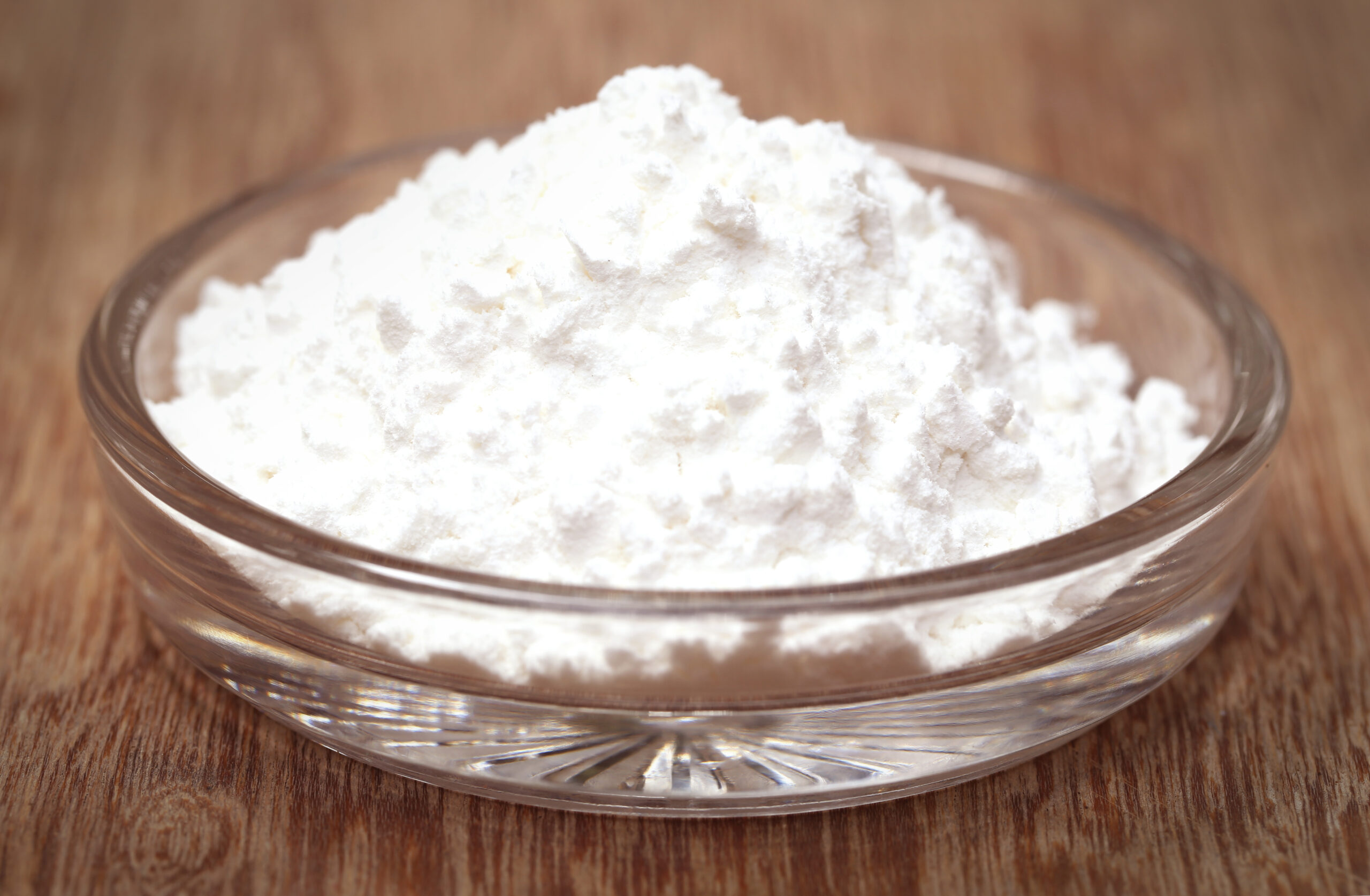Cakes? Pancakes? Biscuit? Bread? You name it, all of these baked foods wouldn’t be possible without baking powder. Baking powder essentially forms the structure of the baked food, making it softer, fuller, and fluffier.
Although not all baking recipes call for the addition of baking powder, a large number of these baking recipes may include baking powder. If you regularly bake at home, then there is a possibility that you may have baking powder at all times, but in the situation where you run all out of baking powder, there are some baking powder substitutes you should know about.
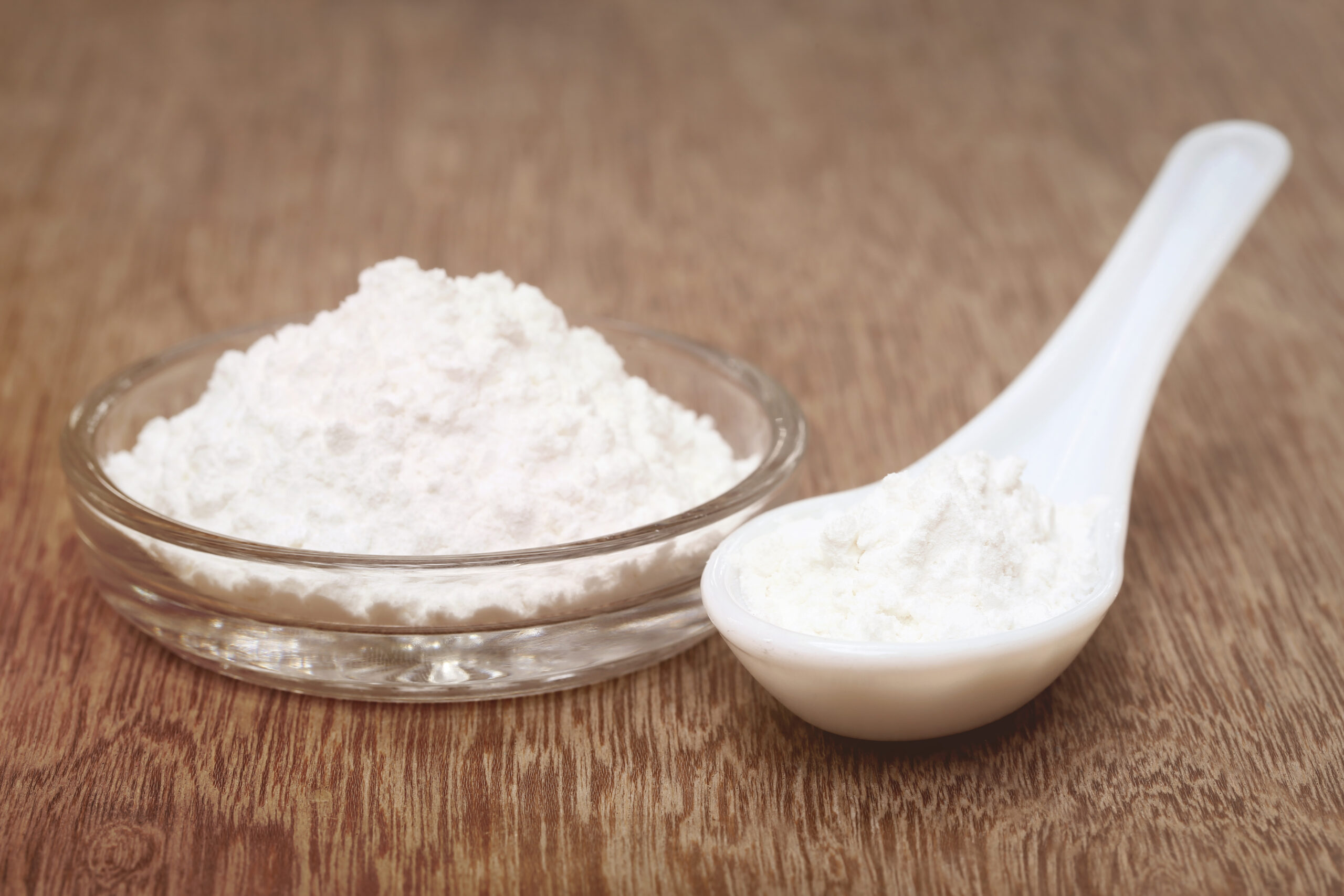
Baking Powder Nutrition Facts
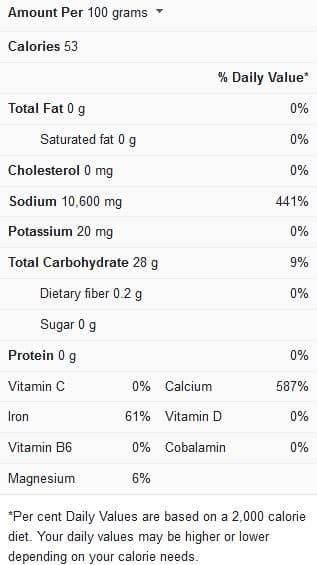
What is Baking Powder?
Baking powder is achieved by mixing carbonate or bicarbonate with a weak acid; the resulting mixture is a dry chemical leavening agent.
Just as the name suggests, it comes in a powder form which is typically white. Baking powder is similar to baking soda except for the fact that baking powder contains both an alkaline and an acid, whereas baking soda is just an alkaline.
Baking powder also contains a buffer (like cornstarch, flour, or any dried starch) to absorb water and also keep the acid and base from reacting prematurely during storage.
Before the introduction of baking powder, bakers only had the option to use baker’s yeast, emptins, or pearlash.
Uses of baking powder in recipes
Ever made a pancake without baking powder? Then you may notice your pancake is a little flat and hard, but when you throw baking powder in, you would get a much fluffier and fatter pancake. Once the baking powder is added to the dough, it becomes moist and reacts to give off carbon dioxide, which will make the dough rise, and if you use a double-acting baking powder, you would see another rise when you bake these pancakes.
Since baking powder is just baking soda with acid, if you add baking powder to a portion of food with an acidic ingredient (like yogurt, lemon juice, or buttermilk), the acid in the baking powder will be untouched; this may alter the taste of the food.
Below are some recipes that use baking powder;
- Fluffy American pancakes
- Chocolate fruit cake
- Apple and olive oil cake
- Peanut, cherry, and fudge cookies
- German apple cake
- Clementine and almond cake
- Deep-fried coconut prawns
- Saltfish buljol and bakes
- Gooey chocolate hazelnut brownies
- White chocolate chip cookies
- Rainbow root vegetable latkes
- Chickpea fritters
- Coconut and ricotta pancakes
- Blueberry skyr muffins
- Korean fried chicken
Substitutes for Baking Powder
If you have ever been in the middle of baking something but realize you are missing an ingredient, then you might know how frustrating this can be. It gets tricky with baking powder because it isn’t like any other ingredient you can leave out of your recipe when you can’t get it.
If you don’t have baking powder, but you have baking soda, then you are good to go. Yes, baking powder and baking soda may not be the same thing, but they are similar, and the only difference is the absence of acid in baking soda.
You can combine baking soda with various acids to give you a similar result. Below are some things that can substitute baking powder in your recipes;
Baking soda and cream of tartar
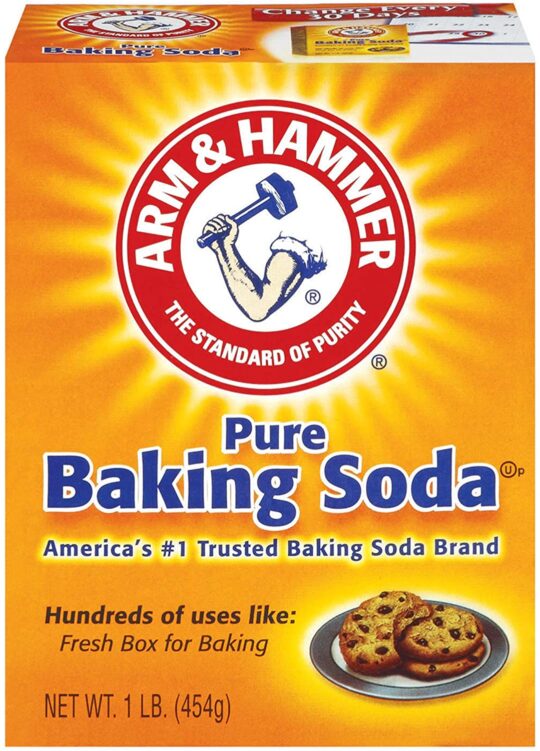
A mixture of baking soda and cream of tartar should be your first option if you are looking for a homemade baking powder. You can also store this mixture in airtight containers for future use when you run out of baking powder.
Since there is no acid to react with the alkaline in baking soda, cream of tartar has an acidic nature and would take that role in the mixture.
To substitute this mixture for baking powder, use 2 teaspoons of cream of tartar and 1 teaspoon of baking soda wherever the recipe calls for 1 tablespoon of baking powder. To preserve properly, you should consider adding 1 teaspoon of cornstarch.
Baking soda and buttermilk
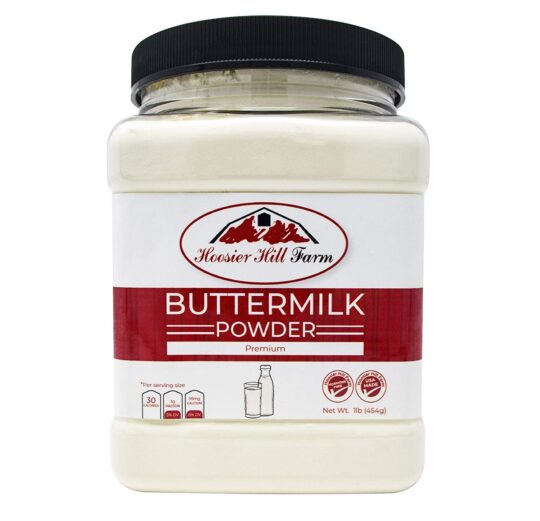
Cream of tartar is a bit expensive, so if you didn’t get it, another good acidic ingredient you can add to your baking soda would be buttermilk. It is a fermented dairy product, just like plain yogurt; the taste is sour and often compared to plain yogurt.
To 1/4 teaspoons of baking soda, add 1/2 cup of buttermilk; this will create the same leavening effects of 5 grams of baking powder.
The only downside is that buttermilk has a lot of liquid, so you may need to reduce the number of other liquids you add to your recipe, or better still, don’t use this mixture when your recipe doesn’t call for much liquid.
Baking soda and yogurt
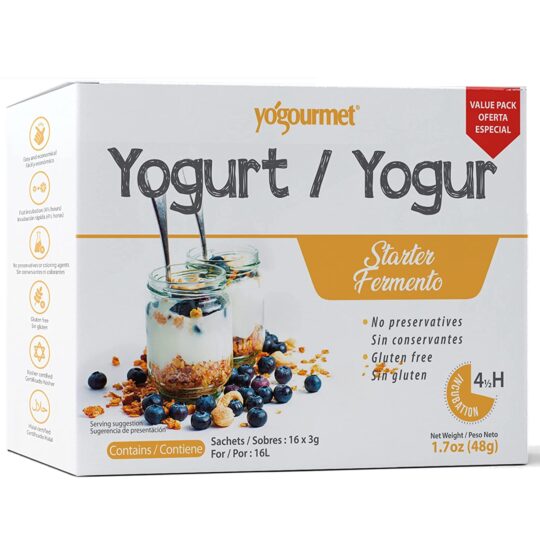
Yogurt is similar to buttermilk, and it is another great option when looking for a homemade baking powder substitute. Plain yogurt is the most ideal yogurt for this project.
Yogurt is made by fermenting milk; this fermentation process increases the concentration of lactic acid present herby making yogurt acidic.
And when you combine yogurt with baking soda, you would get a result similar to what baking powder will yield.
To perfectly substitute this mixture for baking powder, use 1/4 teaspoons of baking soda and 1/2 cup of plain yogurt, and just like buttermilk, it has a runny texture.
Frequently Asked Questions (FAQ)
Can I use lemon juice to substitute baking powder?
If you wouldn’t mind the strong lemony flavor of lemon juice, then yes, you can make use of lemon juice. Lemon juice contains a high volume of citric acid which can easily activate baking soda. You should consider using it in recipes that do not call for too much baking powder.
Can I bake pound cake without baking powder?
If you leave out baking powder when baking pound cake, you will lose the texture of traditional pound cakes. Although the flavor would be the same, the texture would be grainy and heavy; in short, the texture would be unappealing.
Can I use baking soda without an acid?
Short answer; yes. A ton of food we consume is naturally acidic, things like chocolate, fruits, fermented dairy products are all acidic, so when you add a bit of baking soda, you get a reaction and a result similar to that of baking powder.
Conclusion
How frustrating is it to dive straight into a recipe only to discover you are missing an ingredient? This won’t be a problem if it is not an important ingredient like baking powder?
But in the situation where you don’t have baking powder, you can substitute it for some baking soda, you just need acid to activate a reaction, and you would get the same fluff and height you want.
